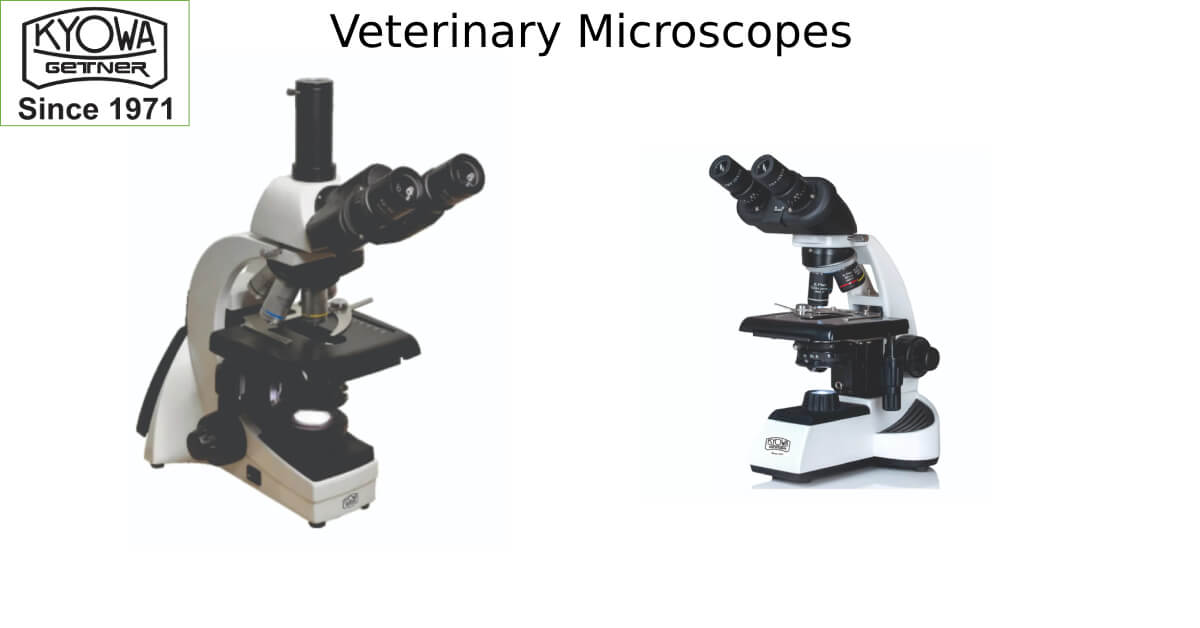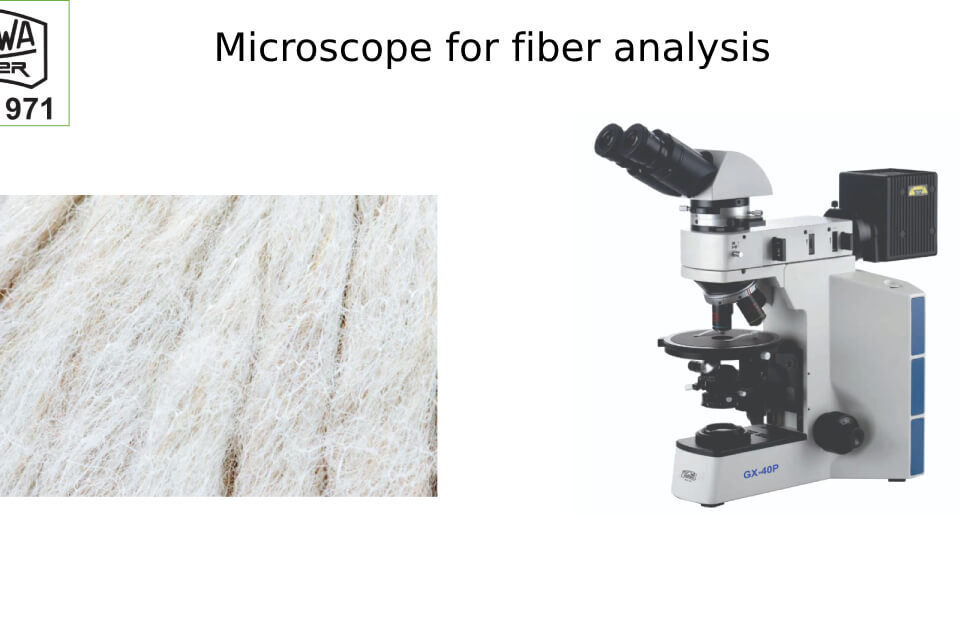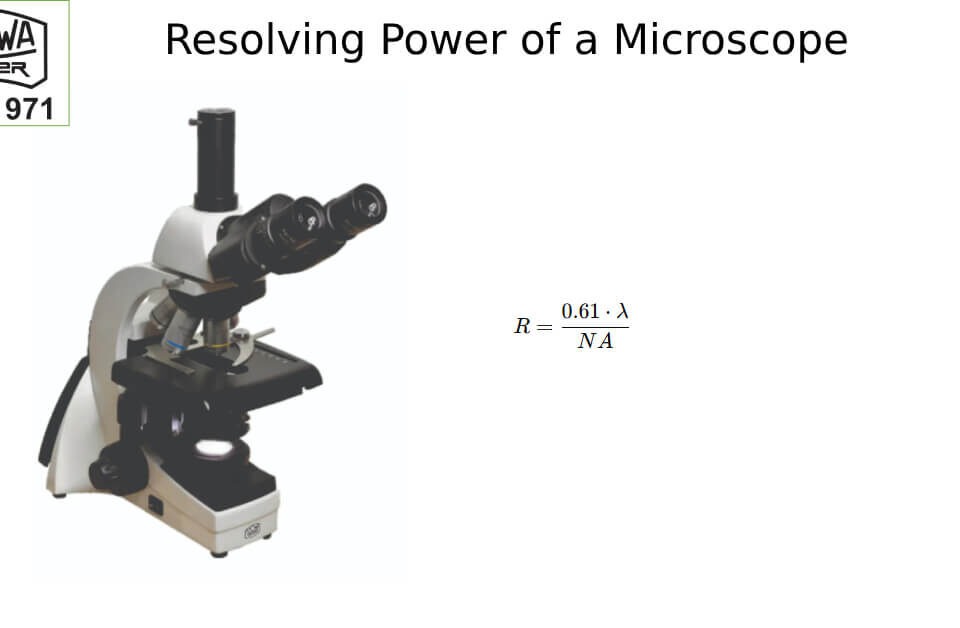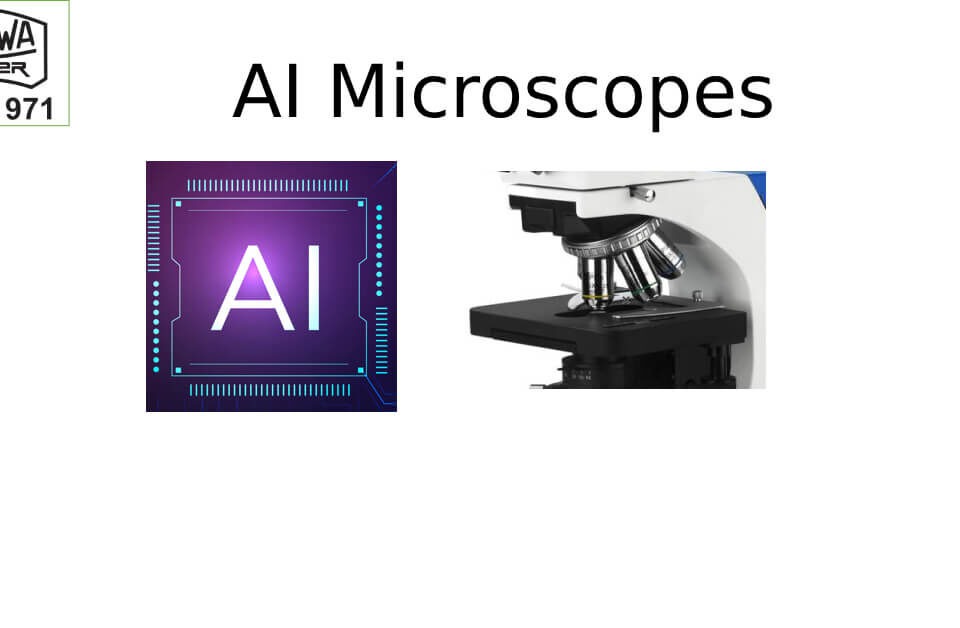Veterinary science plays a crucial role in ensuring animal health, and accurate diagnosis is essential for effective treatment. Microscopes have become indispensable tools in veterinary diagnostics, enabling veterinarians to detect pathogens, analyze tissue samples, and study microorganisms responsible for diseases. From routine check-ups to complex research, microscopes contribute significantly to veterinary medicine.
Role of Microscopes in Veterinary Science
1. Parasitology
Microscopes help in detecting parasites that affect animals, such as:
- Protozoa (e.g., Giardia, Toxoplasma, Babesia)
- Helminths (e.g., roundworms, tapeworms, and flukes)
- Ectoparasites (e.g., fleas, ticks, mites) By examining blood smears, fecal samples, and skin scrapings under a microscope, veterinarians can diagnose parasitic infections and recommend appropriate treatments.
2. Bacteriology and Virology
Veterinary microbiologists use microscopes to identify bacterial and viral infections in animals. Techniques such as Gram staining and culture analysis allow for the detection of:
- Bacterial infections (e.g., Brucellosis, Leptospirosis, and Salmonellosis)
- Viral infections (e.g., Canine Distemper, Feline Leukemia Virus) Early detection helps in controlling outbreaks and preventing disease transmission.
3. Hematology and Cytology
Blood and tissue analysis are critical for diagnosing various conditions:
- Hematology: Microscopes assist in evaluating red and white blood cells, platelets, and identifying abnormalities such as anemia, leukemia, and infections.
- Cytology: Examining cells from tumors, lymph nodes, or bodily fluids helps detect cancer, inflammation, and infections.
4. Histopathology
Tissue biopsy samples examined under a microscope provide insights into structural abnormalities, tumors, and degenerative diseases. Histopathological studies are vital for diagnosing cancers and understanding disease progression in animals.
5. Mycology
Fungal infections like dermatophytosis (ringworm) and systemic mycoses (Aspergillosis, Cryptococcosis) are diagnosed using microscopes. Direct microscopic examination of skin scrapings and cultures helps in identifying the causative fungi.
6. Reproductive Health and Semen Analysis
In veterinary reproductive science, microscopes are used for:
- Semen quality analysis in breeding programs
- Detecting sperm abnormalities that affect fertility
- Diagnosing reproductive tract infections Microscopic examination ensures the success of artificial insemination and breeding programs.
Types of Microscopes Used in Veterinary Science
- Light Microscopes: Used for routine diagnostic work in clinics and laboratories.
- Fluorescence Microscopes: Help in detecting bacteria and viruses using fluorescent dyes.
- Electron Microscopes: Provide high-resolution images for advanced research in veterinary pathology and microbiology.
- Phase-Contrast Microscopes: Allow for detailed examination of live cells without staining.
Conclusion
Microscopes have transformed veterinary science, making disease diagnosis more precise and efficient. They aid in detecting infections, analyzing tissue samples, and studying reproductive health, ultimately improving animal healthcare. As technology advances, microscopy techniques continue to enhance veterinary diagnostics, leading to better treatment outcomes and disease control.





